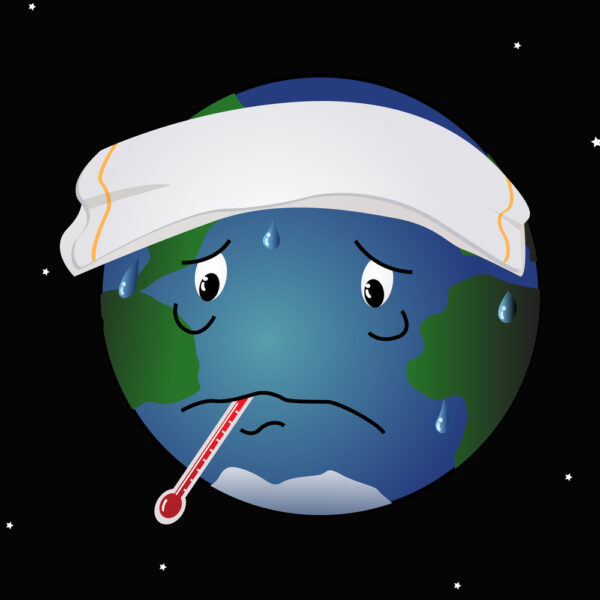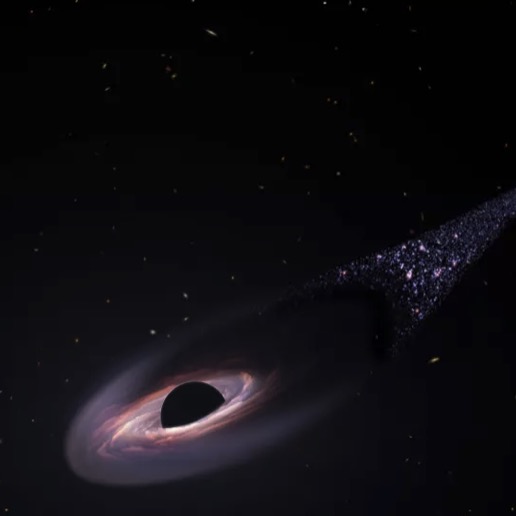Writer Fuel: Japanese Company Plans to Help Clean Up Space Junk, But First – Photos!
A private Japanese company has taken the world’s first close-up photo of an individual piece of space debris, by parking another satellite next to it in orbit. This orbital photo op is the first step in an ongoing mission to capture and destroy potentially hazardous pieces of space junk that are clogging up our sky. … Read more











